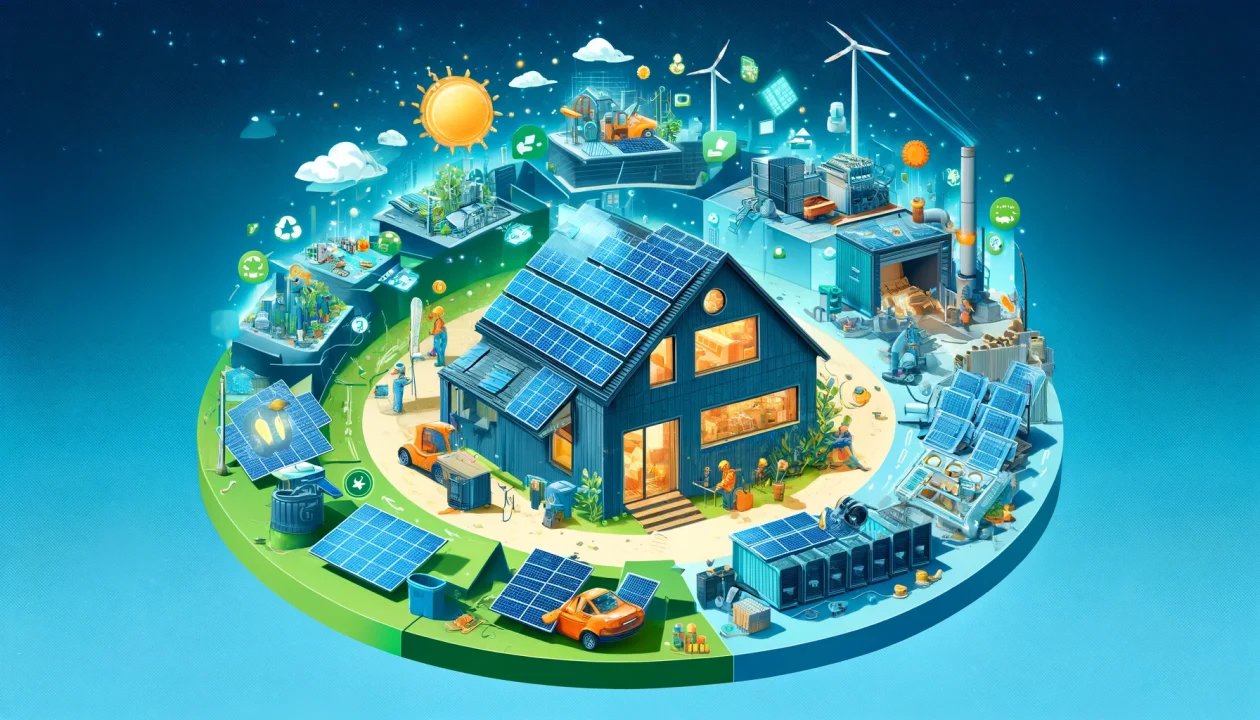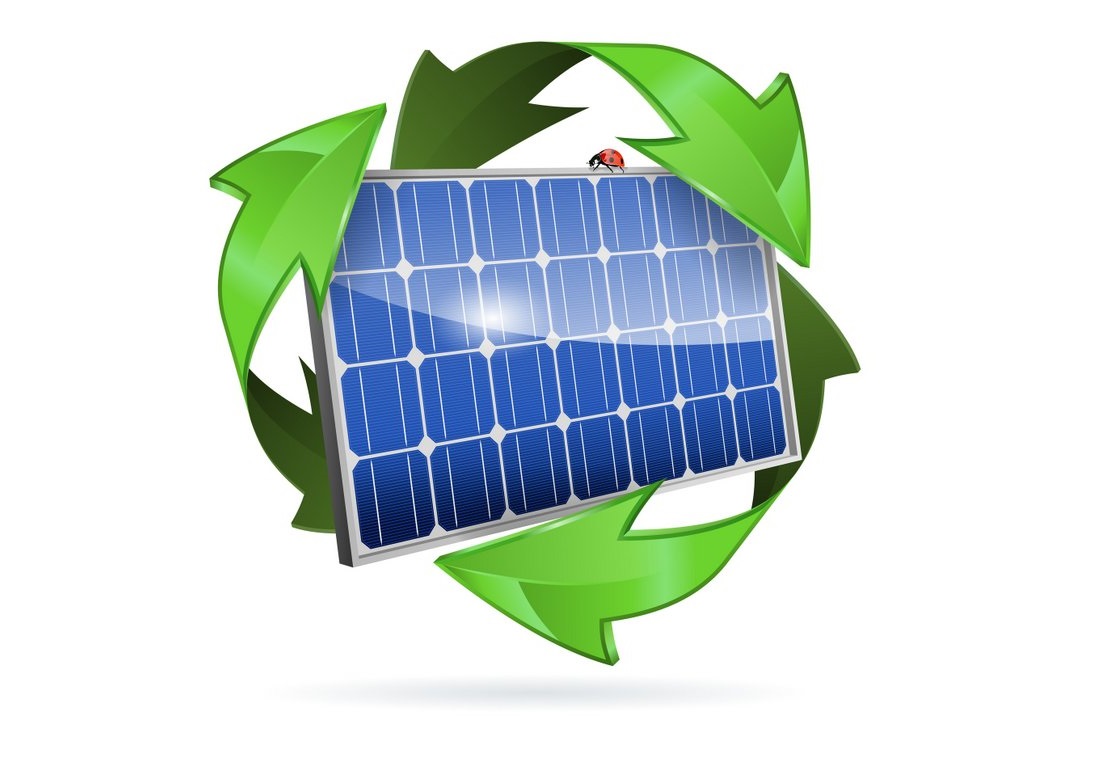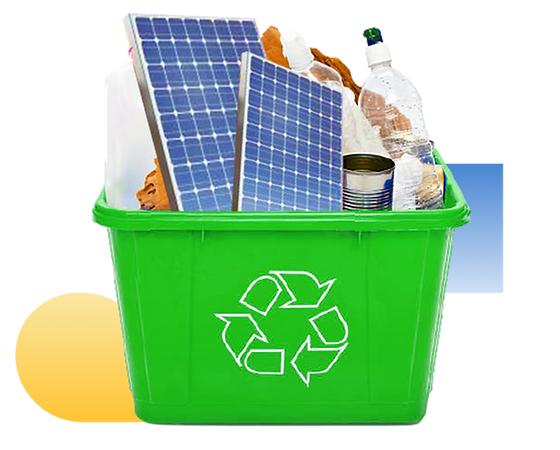As the world shifts towards cleaner energy, solar panels are at the heart of this green revolution. But what happens when these panels reach the end of their life? Enter: solar panel recycling — a key player in the emerging circular economy.
As the world shifts towards cleaner energy, solar panels are at the heart of this green revolution. But what happens when these panels reach the end of their life? Enter: solar panel recycling — a key player in the emerging circular economy.


Solar energy is booming globally, with millions of panels installed on rooftops, fields, and solar farms. However, most solar panels have a lifespan of 25 to 30 years. That means the first wave of solar panels is already reaching retirement. The problem? If not properly handled, old panels can contribute to e-waste, containing glass, silicon, metals like silver, aluminum, and even small amounts of hazardous materials.

Solar panel recycling involves recovering useful materials from old, damaged, or decommissioned panels so they can be reused in new solar panels or other products.

The circular economy is a system where products are designed to last longer, and at the end of their lifecycle, their components are reused, recycled, or repurposed.
Solar panel recycling fits perfectly into this model. Instead of sending panels to landfills, we:
Support clean energy with clean practices
By 2050, it’s estimated that over 78 million tonnes of solar panel waste will be generated globally. However, these old panels could provide $15 billion in recoverable value if efficiently recycled. Countries like Germany, Japan, and the USA are already investing in solar recycling facilities, and India is also gearing up with new e-waste policies to manage solar panel waste more sustainably.

Despite the benefits, there are hurdles:
But as demand for raw materials like silicon and silver increases, solar recycling will become not just necessary but profitable.